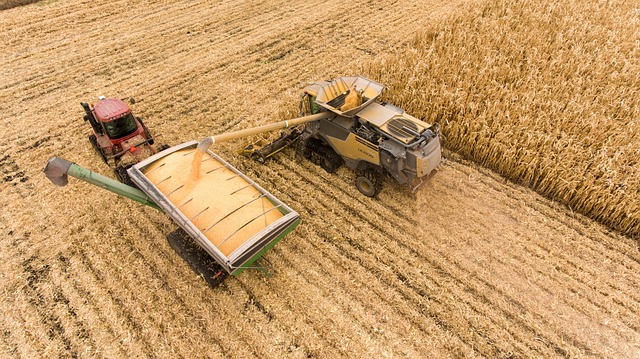Tracing the Transformation of Our Fields: A Voyage Through Historical Land Use
As we walk through the serene landscapes of today’s agricultural fields, it’s easy to take for granted the rich tapestry of history that each patch of soil carries. The concept of historical land use invites us to pause and reflect on how humanity’s relationship with the land has evolved—in ways that reveal not just agricultural innovation, but cultural shifts, environmental interactions, and societal ambitions.
From the earliest days when small bands of hunter-gatherers began tending sections of fertile ground, to the sprawling farms embracing modern technology, the story etched into the earth is profound. Each furrow turned by ancient plows, each seed sown in shifting climatic conditions, tells a tale of adaptation and resilience.
In the dawn of agriculture, land was more than just a resource—it was a foundation for community, survival, and identity. Early civilizations like those in Mesopotamia and the Nile Valley mastered irrigation and crop rotation, pioneering methods that balanced yield with sustainability. Their management of fields was an intimate dance with nature, learning to harness seasonal cycles and soil fertility.
As centuries passed, sweeping changes reshaped the face of agricultural land use. The introduction of crop diversity, livestock integration, and territorial expansion into new biomes reflected not only technological progress but also changing human needs and societal structures. During the Industrial Revolution, mechanization revolutionized farming practices, accelerating production but also introducing challenges like soil depletion.
Today, when we examine historical land use, we find crucial lessons nestled within these transformations. Understanding how previous generations balanced the tension between cultivation and conservation equips us to make mindful choices amid contemporary ecological concerns. The echoes of past land management approaches underscore the importance of stewardship and sustainable practices in agriculture.
For those engaged in the agricultural world, whether as farmers, researchers, or enthusiasts, acknowledging this long journey fosters a deeper connection with the land. It nurtures a sense of guardianship rather than mere ownership, inspiring actions that honor the legacy beneath our feet.
Exploring the evolution of agricultural land use through history isn’t just an academic pursuit—it’s a way to ground ourselves in the continuum of growth, trial, and triumph that marks human interaction with the earth. Through this lens, each field gains meaning, each harvest becomes part of a larger story, and every step in the soil links us to generations past and future alike.




